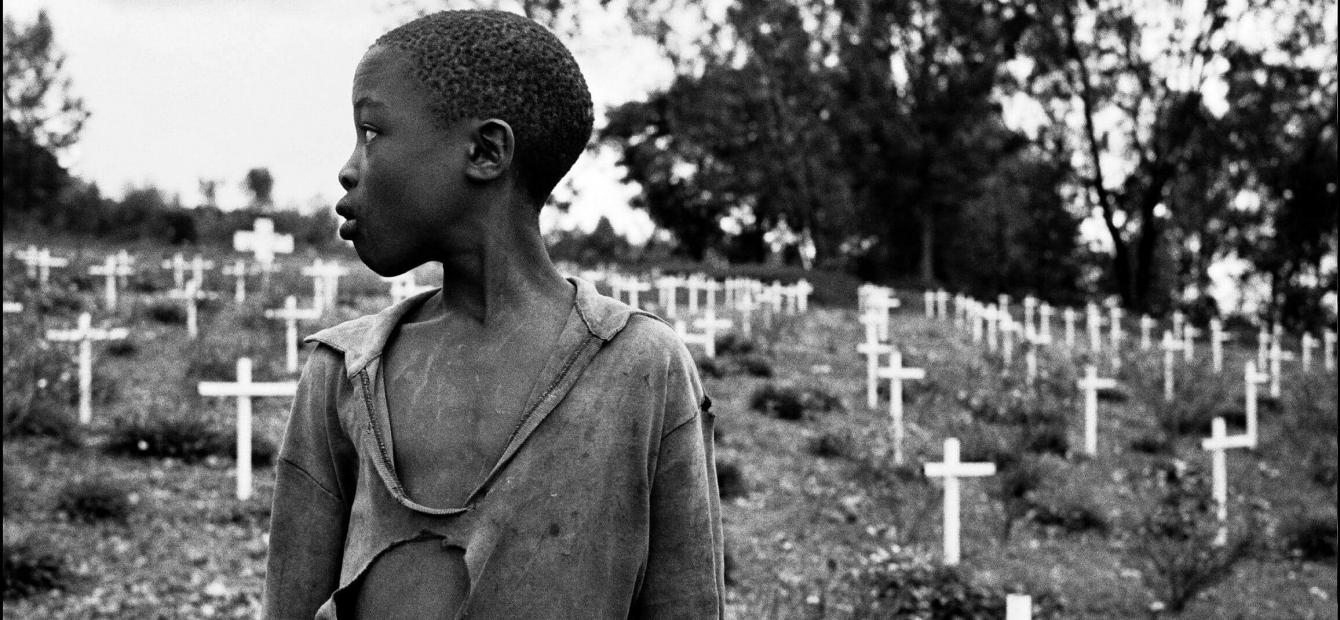
Rwanda 25 years on: International (non-)response to genocide
This year we commemorate the 25th anniversary of the genocide against the Tutsi in Rwanda. The 1948 Genocide Convention provides for the prevention and punishment of this crime. To what extent has the international community fulfilled both these legal obligations?
Before addressing this question, the very notion of “international community” must be problematised. Is this the United Nations and in particular its Security Council? Big, medium and small powers (in the case of Rwanda: the US, France and Belgium)? Regional states and multilateral organisations? International NGOs? International media? It is probably all and none of these, which complicates the question of legal responsibility and duty-bearing.
Warning signs
Since the beginning of the civil war in 1990, when the Tutsi-dominated Rwandan Patriotic Front (RPF) invaded Rwanda from Uganda, the risks the minority Tutsi inside Rwanda faced were clear. Just days after the invasion, thousands of Tutsi, as well as a few hundred Hutu opponents, were rounded up and jailed for their supposed complicity with the RPF. In some isolated incidents, hundreds of Tutsi were killed at the same time. Small-scale massacres of Tutsi continued during the following years. Hundreds were killed in January-February 1991, hundreds more in March 1992, hundreds again at the end of 1992-beginning of 1993. The mechanisms were everywhere similar: the violence was not spontaneous, but organised with central state involvement. In March 1993, an international commission of inquiry confirmed this organised nature, but fell short of qualifying the massacres as genocide, though it came close.1
The report’s recommendations to the international community were weak and did not mention the risk of genocide.
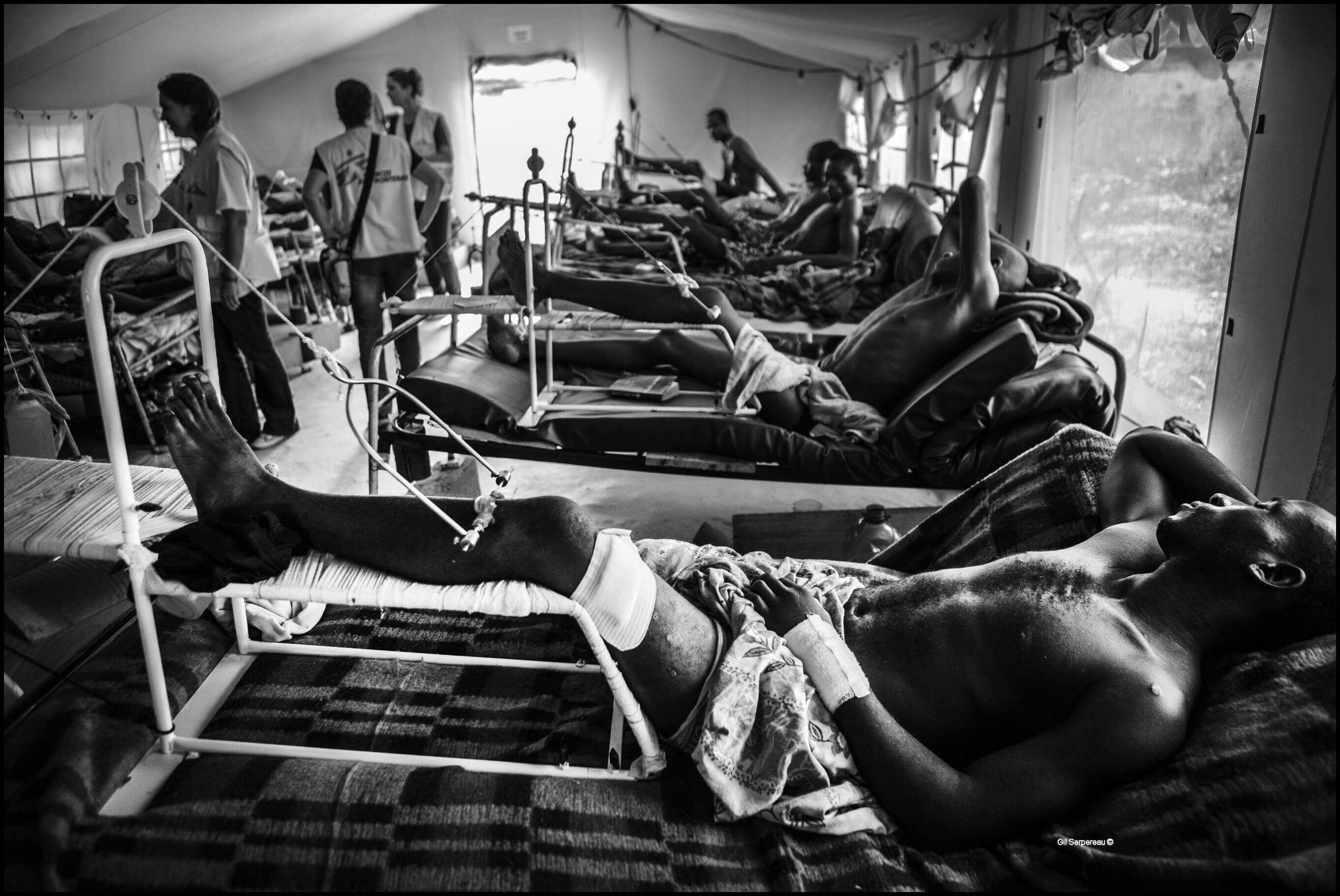
On the day the report was published, Belgium recalled its ambassador “for consultations” and threatened to revise its cooperation with Rwanda, but failed to follow up. The next month, Bacre Ndiaye, special rapporteur of the UN Human Rights Commission, visited the country, and concluded that “the substance of the allegations contained in the [NGO] Commission's report could, by and large, be regarded as established”.2 On the question of genocide, he stated that “[i]t is not for the Special Rapporteur to pass judgement at this stage”, but also noted that the convention “might (…) be considered to apply to these cases”.3 He however did not recommend any particular action to punish the perpetrators nor to prevent genocide from happening in the future. Nevertheless, international reactions did have an effect, as no new large scale massacres occurred until the genocide.
The UN peacekeeping force United Nations Assistance Mission for Rwanda (UNAMIR) started its deployment in November 1993, not to prevent genocide but to accompany the peace agreement signed in Arusha in August. This shows in its mandate: assist in ensuring the security of the capital city of Kigali; monitor the cease-fire agreement; monitor the security situation; assist with mine-clearance; and assist in the coordination of humanitarian assistance activities in conjunction with relief operations. The protection of civilian populations is mentioned nowhere. Nevertheless, the last months of 1993 and the early months of 1994 were replete with incidents, several of which caused loss of life.4 On 11 January, in a cable to the UN Department of Peacekeeping Operations (UNDPKO) in New York, UNAMIR Force Commander General Roméo Dallaire wrote that an informant had revealed the training of militias and the setting up of arms caches. More ominously, the informant “has been ordered to register all Tutsi in Kigali. He suspects it is for their extermination. Example he gave was that in 20 minutes his personnel could kill up to 1000 Tutsis”.5
Dallaire requested protection for the informant and the authorisation to seize the weapons. The answer from New York came the next day: the mandate did not permit the planned operation against the arms caches. The UNDPKO feared that such actions would jeopardise UNAMIR’s neutrality and force it into a peacemaking rather than a peacekeeping role.6 Among many warnings that followed, that of Belgian Foreign Minister Willy Claes stands out. In a letter of 25 February 1994 to the Belgian ambassador at the UN about the need to strengthen the UNAMIR mandate, he wrote: “In case the situation were indeed to deteriorate and the UNAMIR orders mentioned above remain in force, public opinion would never tolerate having Belgian peacekeepers remain passive witnesses to genocide and having the UN do nothing”.7 Yet, the UN “did nothing”. On 7 April, the day after President Habyarimana’s plane was shot down upon his return from a peace summit in Dar-Es-Salaam, the genocide started.
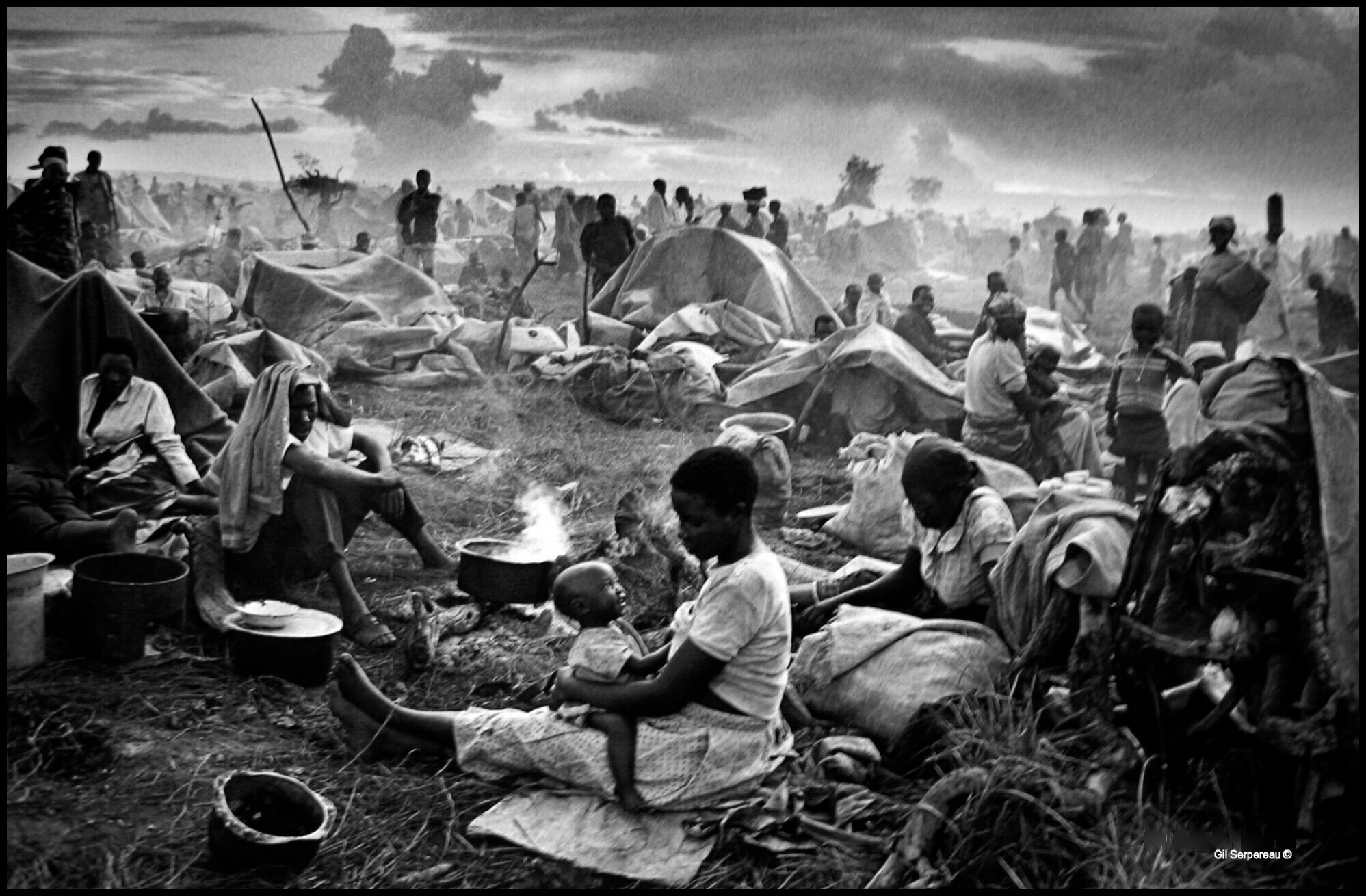
During the genocide
Although the reality of genocide was clear just days into the massacres, the international community responded inappropriately. On the morning of 7 April, ten Belgian UNAMIR troops were assassinated by government army soldiers. Although the Belgian government initially proposed to reinforce the peacekeeping operation through the strengthening of its mandate, the sending of additional troops and the switch from a UN Charter chapter VI to a chapter VII operation, this proposal changed after a few days following consultations with the United States. By 10 April, Belgium had decided it was to unilaterally withdraw its UNAMIR battalion, and –in an attempt to share the blame‒ together with the US lobbied the Security Council to put an end to UNAMIR altogether. On 21 April, the Security Council decided to reduce the mission to a token force of 270 (540 eventually remained). After the Somalia debacle, in which the US lost several soldiers, the Americans developed a restrictive approach to international peacekeeping.
In order to avoid the obligation in the genocide convention to intervene, international players avoided using the term “genocide” to qualify the massacres
Ironically, it is at the height of the genocide that, on 3 May, President Clinton signed Presidential Decision Directive (PDD) 25 according to which any peacekeeping operation had to contribute to US interests and had to have strong sources of funding and troops as well as clearly defined goals and a fixed date of completion.8 Despite some stalling by the Americans, on 17 May the Security Council decided to create UNAMIR II, which however was only deployed on 8 June, two months after the beginning of the genocide. The RPF hadn’t been helpful either. On 30 April it declared: “The time for UN intervention is long past. The genocide is almost completed”, adding that “it is categorically opposed to the proposed UN intervention and will not under any circumstances cooperate in its setting up and operation”. At the time, the genocide was far from completed and hundreds of thousands of Tutsi were still alive, but the RPF feared the force might stand in its way to military victory.
Besides UNAMIR, French, Belgian and Italian elite troops were on the ground just days into the genocide, and a battalion of US Marines was on standby in Bujumbura, a mere 20 minutes flight from Kigali. Operating under their own flag to evacuate foreign nationals and not hindered by a restrictive UN mandate, these countries could have prevented the escalating violence from developing into genocide.9 According to Rwandan and foreign army officers, a joint French-Belgian action, together with UNAMIR and possibly even with units of the government army that were opposed to the genocide, could have stabilised the situation and stem the violence before it was too late.10 It must be noted that, here again, the RPF was very unhelpful by stating on 12 April that the foreign forces needed to leave the country within 60 hours, and if they failed to do so they would be considered “enemy forces”. Clearly, military victory was more important than rescuing Tutsi.
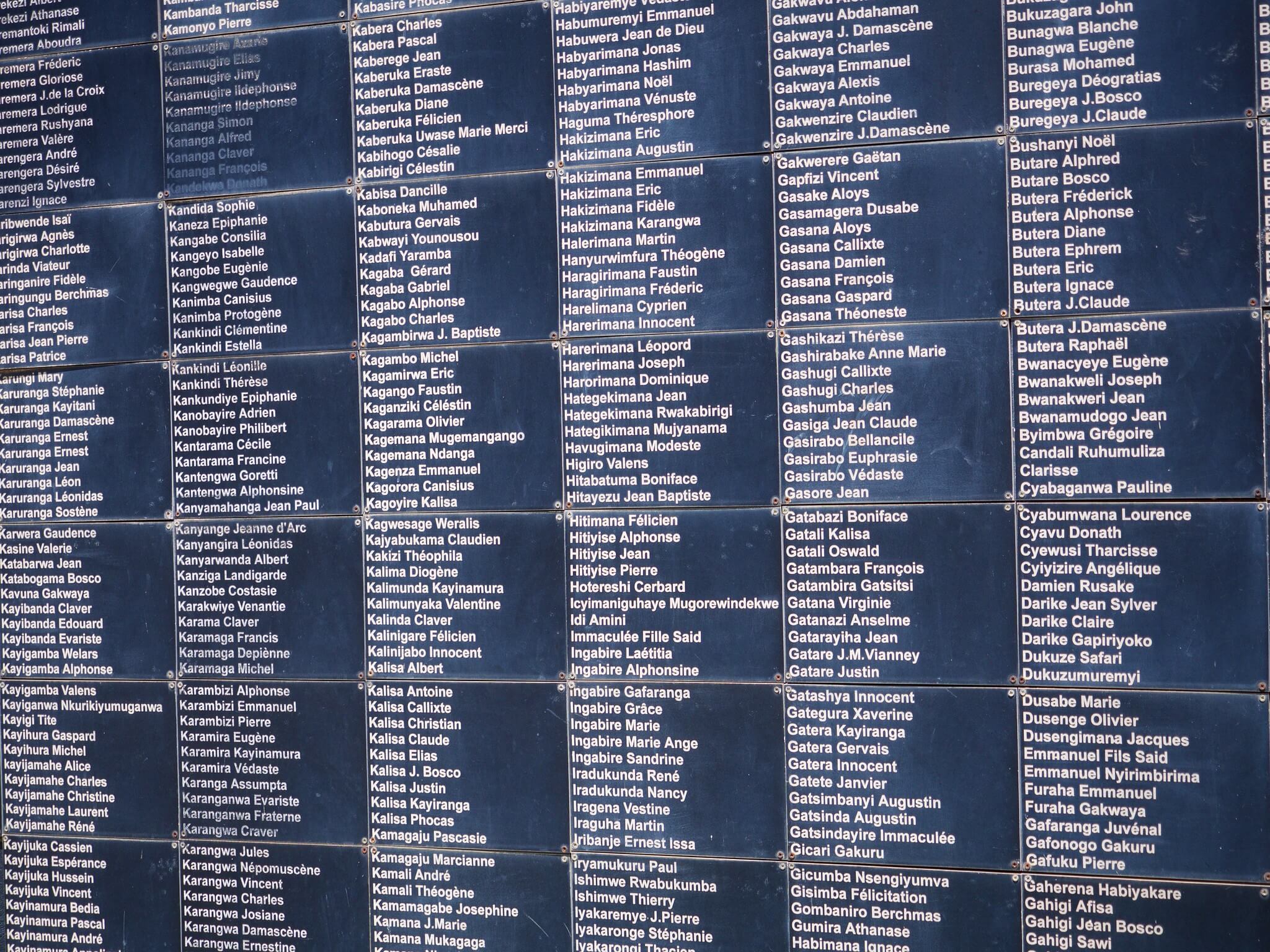
In order to avoid the obligation in the genocide convention to intervene, international players avoided using the term “genocide” to qualify the massacres. Initially, the prominent reading was that “tribal massacres” took place in a context of “chaos” caused by a “civil war” in a “failed state”, in other words, a situation nothing could be done about. It took until the end of May for UN General Secretary Boutros Boutros-Ghali to publicly acknowledge that “[i]t is a genocide (…) I have failed (…) It is a scandal”.11
The main flaw was that the ICTR became an embarrassing instance of victor’s justice
Punishment
The genocide convention not only provides for prevention, but also for the punishment of the perpetrators of genocide. On 8 November 1994, barely four months after the end of the genocide, the UN Security Council established the International Criminal Tribunal for Rwanda (ICTR). Its mandate was to “prosecute persons responsible for genocide and other serious violations of international humanitarian law committed in the territory of Rwanda and neighbouring States, between 1 January 1994 and 31 December 1994”.12
From the beginning, the tribunal was marred by deficiencies that characterised its work until its closure in 2015. First, the procedures were extremely slow, which resulted in very lengthy pre-trial detentions.13
A second problem was the prosecution policy. It was erratic, the quality of indictments was poor, and the carrying of the burden of proof was mediocre. The main flaw was that the ICTR became an embarrassing instance of victor’s justice. Although a special investigations unit in the Office of the Prosecutor documented crimes committed by the RPF that fell squarely within the tribunal’s mandate, not a single suspect of the victor was prosecuted, let alone condemned.14
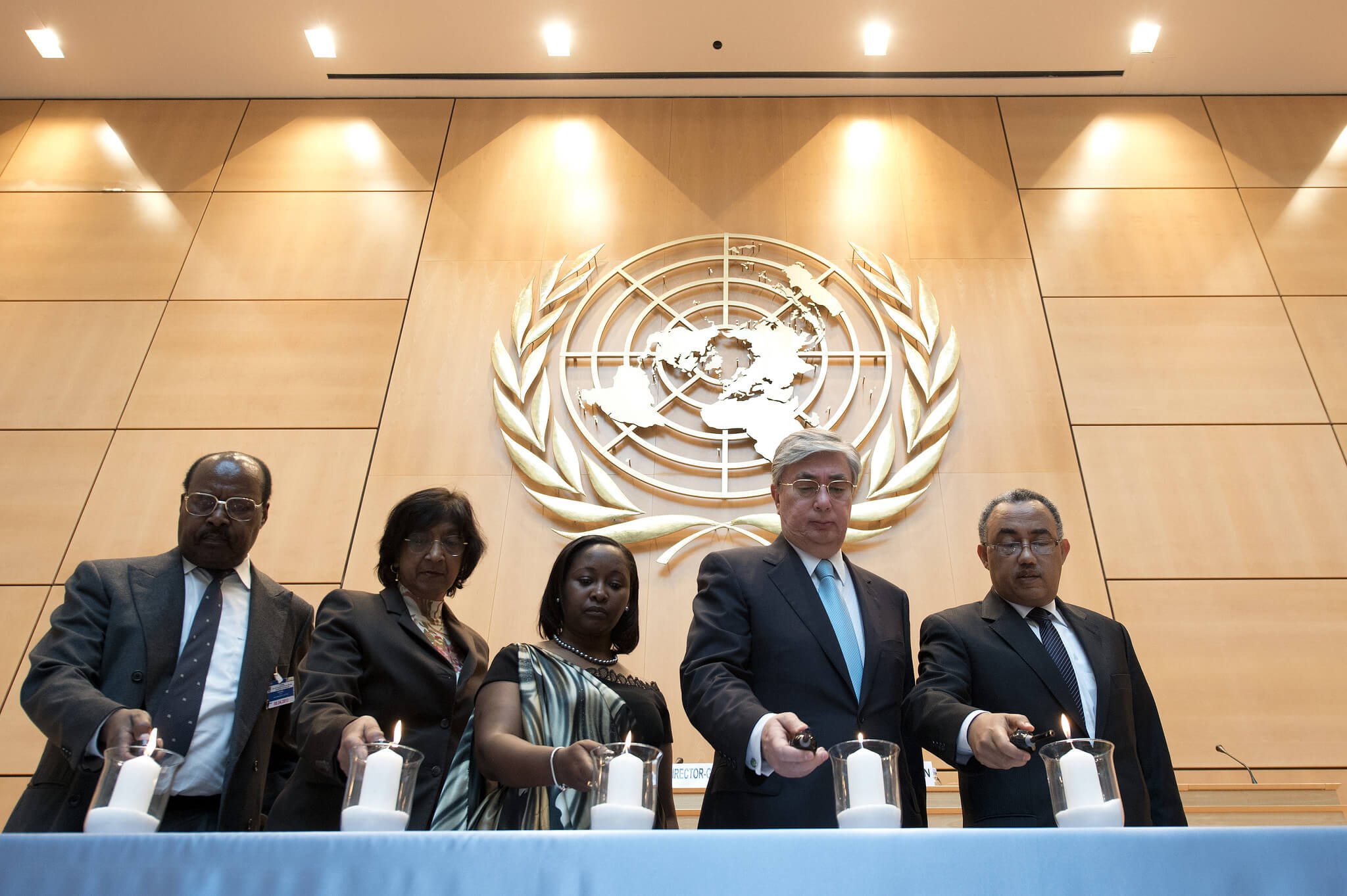
Despite its shortcomings, the ICTR has contributed to the development of international humanitarian law, beyond the case of Rwanda. It was the first international jurisdiction to prosecute and condemn genocide suspects, thus “giving life to the Genocide Convention for the first time since the treaty was adopted”.15 It has also clarified the notion of an ethnic group as victim of genocide, and established that rape can be a weapon of genocide. When closed, the ICTR had condemned 61 and acquitted 14 persons who all belonged to the losing side of the civil war. The cost has been considerable: estimated at about 1.8 billion USD for 75 persons judged, this comes at around 24 million per suspect. At least on the issue of punishment, the international community has, in part, met its obligations under the genocide convention.
The genocide has had a lasting impact on Rwanda and the entire Great Lakes region. Over one million people met with violent death inside the country, but the regional wars that followed between 1996 and 2003, particularly in the Democratic Republic Congo, have also claimed a huge human toll. Although Rwanda now appears a peaceful country, there is still a long road to go if it is to achieve genuine reconciliation.
- 1Fédération internationale des droits de l’homme, Africa Watch, Union interafricaine des droits de l’homme et des peuples, Centre international des droits de la personne et du développement démocratique, Rapport de la Commission internationale d’enquête sur les violations des droits de l’homme au Rwanda depuis le 1er octobre 1990, March 1993.
- 2Report by Mr. B.W. Ndiaye. Special Rapporteur, on his mission to Rwanda from 8 to 17 April 1993, E/CN.4/1994/7/Add.1, 11 August 1993, para. 9.
- 3 Report by Mr. B.W. Ndiaye. Special Rapporteur, on his mission to Rwanda from 8 to 17 April 1993, E/CN.4/1994/7/Add.1, 11 August 1993, para. 78.
- 4 A list can be found in Human Rights Watch and Fédération internationale des ligues des droits de l’homme, Leave None to Tell the Story. Genocide in Rwanda, New York-Paris, 1999, pp. 143-172.
- 5 This cable is reproduced in F. Reyntjens, Rwanda. Trois jours qui ont fait basculer l’histoire, Cahiers Africains no. 16, Paris, L’Harmattan, 1995, pp. 123-124.
- 6 Leave None…, op. cit., p. 154.
- 7 Leave None…, op. cit., pp. 164-165 (italics added).
- 8 https://fas.org/irp/offdocs/pdd/pdd-25.pdf.
- 9 I am not saying this with the benefit of hindsight. In an interview published in the Belgian daily Le Soir on 11 April, I said: “If they (French, Belgians, Americans) limit themselves to evacuate their nationals, we head for a catastrophy. (…) It is necessary to consider neutralising the Rwandan army in Kigali”.
- 10 General Dallaire reckoned that an intervention force of 5,000 deployed between 7 and 21 April would have been sufficient to halt the slaughter (A.W. Dorn, J. Matloff, J. Matthews, Preventing the Bloodbath: Could the UN have predicted and Prevented the Rwanda Genocide?, Occasional Paper #24, Cornell University Peace Studies Program, November 1999).
- 11 In Le Monde, 27 May 1994, quoted by G. Prunier, The Rwanda Crisis. History of a Genocide, New York, Columbia University Press, 1995, p. 277.
- 12 Resolution 955 (1994), para. 1.
- 13 An extreme case was that of mayor Joseph Kanyabashi who spent 16 years in jail before his judgment in first instance, and even 20 years until the final ruling on appeal.
- 14 T. Cruvellier, Court of Remorse: Inside the International Criminal Tribunal for Rwanda, Madison, University of Wisconsin Press, 2010.
- 15 K.C. Moghalu, Rwanda’s Genocide. The Politics of Global Justice, New York-Houndmills, Palgrave MacMillan, 2005, p. 202.





1 Reacties
Load comments
Rwanda 1994
I am sorry that I cannot type in your language.
The same scenarios will occur again because clueless and self serving bureaucrats replace each other in the UN and in high positions in the USA and in other countries. Lots of narcissists and people with sociopathic qualities go into politics. We have plenty of power hungry governors, Senators , and Congress people in the USA.
In medicine I call it wishful thinking. Many people get hurt and many die from wishful thinking. The large majority of the human race does not truly listen.
The UN is a self serving organization.
Crimes will again occur.
The USA Mainstream Media invents cultures and most of their news is truly fake. The NY Times prints its opinions and usually does not give facts.
The USA is insane due to the MM . Racial relations are very good in the USA but the MM preaches the opposite.
Interesting that Bill Clinton did nothing for Rwanda in 1993-94 and in 2012 his wife as USA Sec. of State was clueless and took no action when our embassy in Benghazi, Libya was attacked. They are clueless and unconcerned and do not care to pay attention. They have no idea what misery truly is nor do they know the life of the soldier.
We have clowns and self serving selfish people that land big positions in America. The MM convinces the dull masses of almost anything. But the good citizens in America are fighting back by electing Trump. He may be rude but he tells it like it is.
Reactie toevoegen